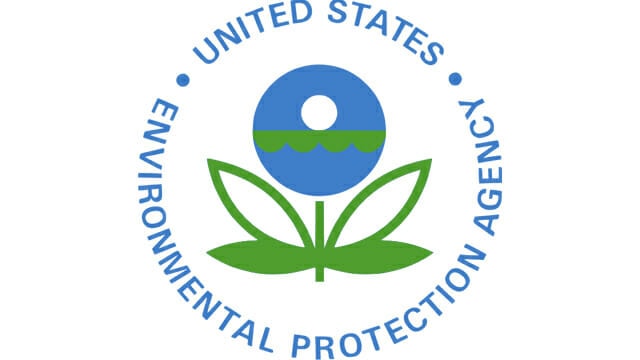Big Regulatory Push: EPA’s ‘PFAS Strategic Roadmap’

U.S. Environmental Protection Agency (EPA) Administrator Michael S. Regan recently released the “PFAS Strategic Roadmap: EPA’s Commitments to Action 2021-2024.” The document is intended to be a comprehensive approach to confronting PFAS contamination nationwide, according to a news release.
The Roadmap includes the following planned actions:
- Establishing a national primary drinking water regulation for PFOA and PFOS by Fall 2023.
- Utilizing Effluent Limitations Guidelines (ELGs) and NPDES permits to reduce PFAS discharges.
- Publishing updated PFAS analytical methods to monitor drinking water by Fall 2024.
- Designating certain PFAS as CERCLA hazardous substances by Summer 2023.
- Issuing updated guidance on destroying and disposing of certain PFAS and PFAS-containing materials by Fall 2023.
- Finalizing new PFAS reporting under TSCA Section 8 by Winter 2022.
- Strengthening and expanding review and regulation of PFAS under TSCA, including establishing a national PFAS testing strategy this year and reviewing previous decisions on PFAS going forward.
- Establishing a PFAS voluntary stewardship program by Spring 2022 to challenge industry to reduce overall releases of PFAS to the environment.
EPA’s plans also include engagement with stakeholders to identify collaborative solutions to the PFAS challenge. This process will begin with two national webinars on Oct. 26 and Nov. 2. Click here to register for the Oct. 26 webinar and click here to register for the Nov. 2 presentation.
The Roadmap also calls for the EPA to continuously meet with affected communities to inform them of implementation of actions under the Roadmap, as well as expanding public education on the known and potential health risks associated with PFAS. The Roadmap has a heavy focus on gathering more information, which indicates that the EPA is positioning itself to have scientific support to take significant regulatory actions on PFAS in the coming years, the release noted.
Click here to read the full release. To view the full document released by the EPA, click here. If you have any questions, contact TRSA’s Vice President of Government Relations Kevin Schwalb at kschwalb@trsa.org.
